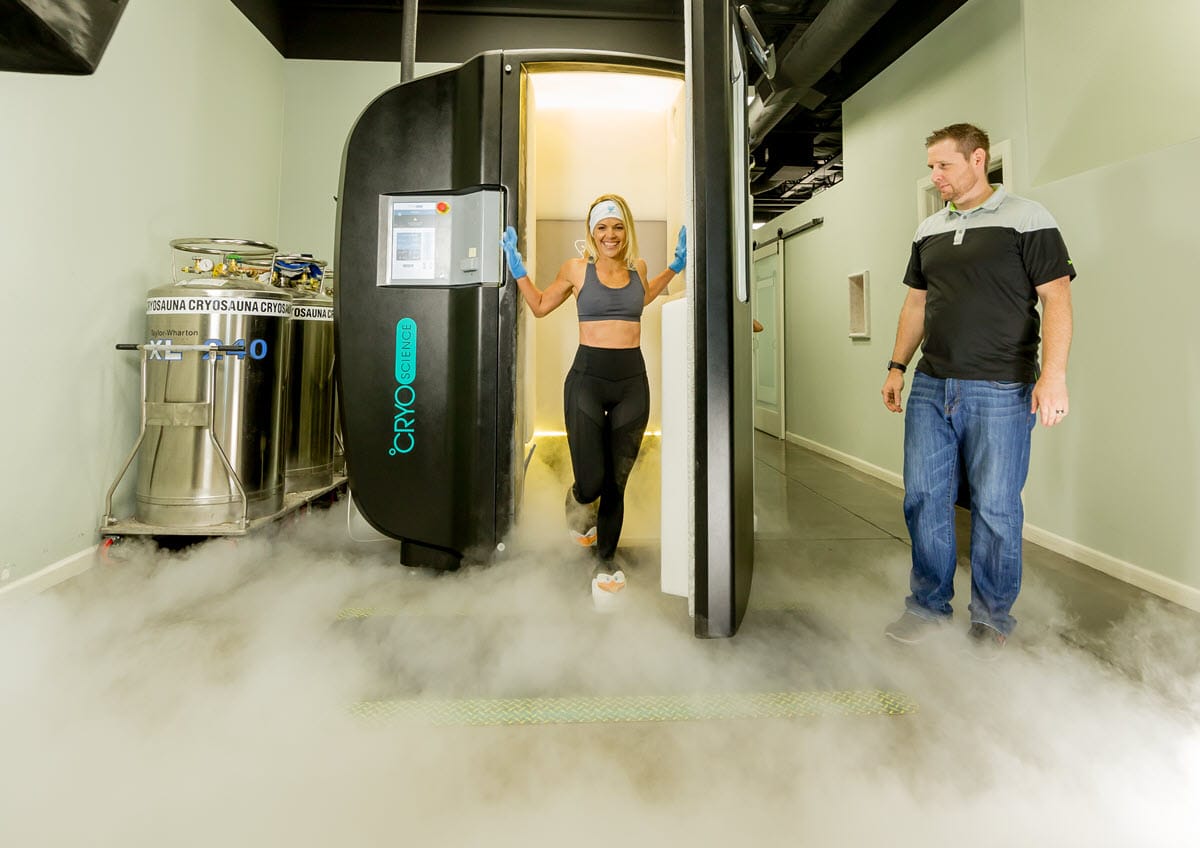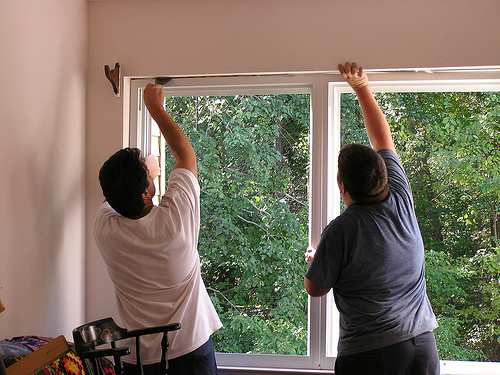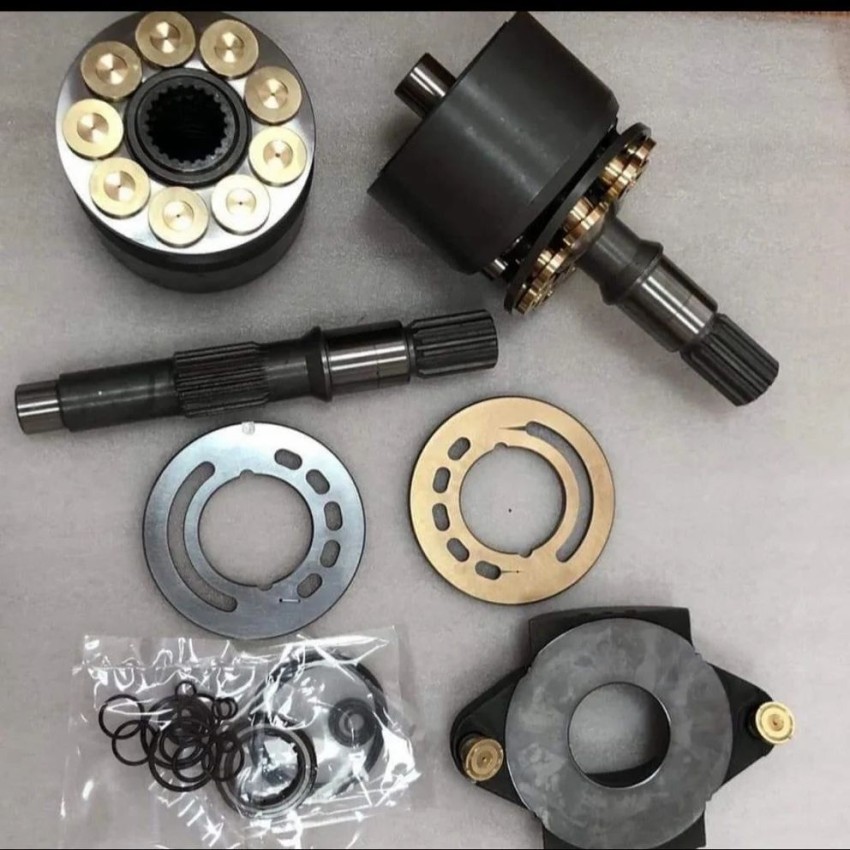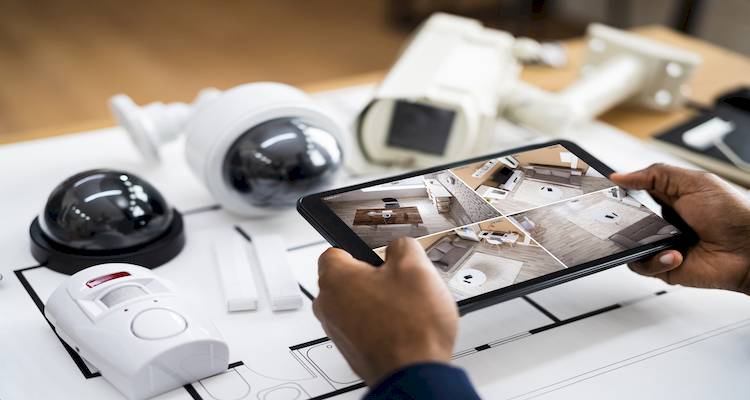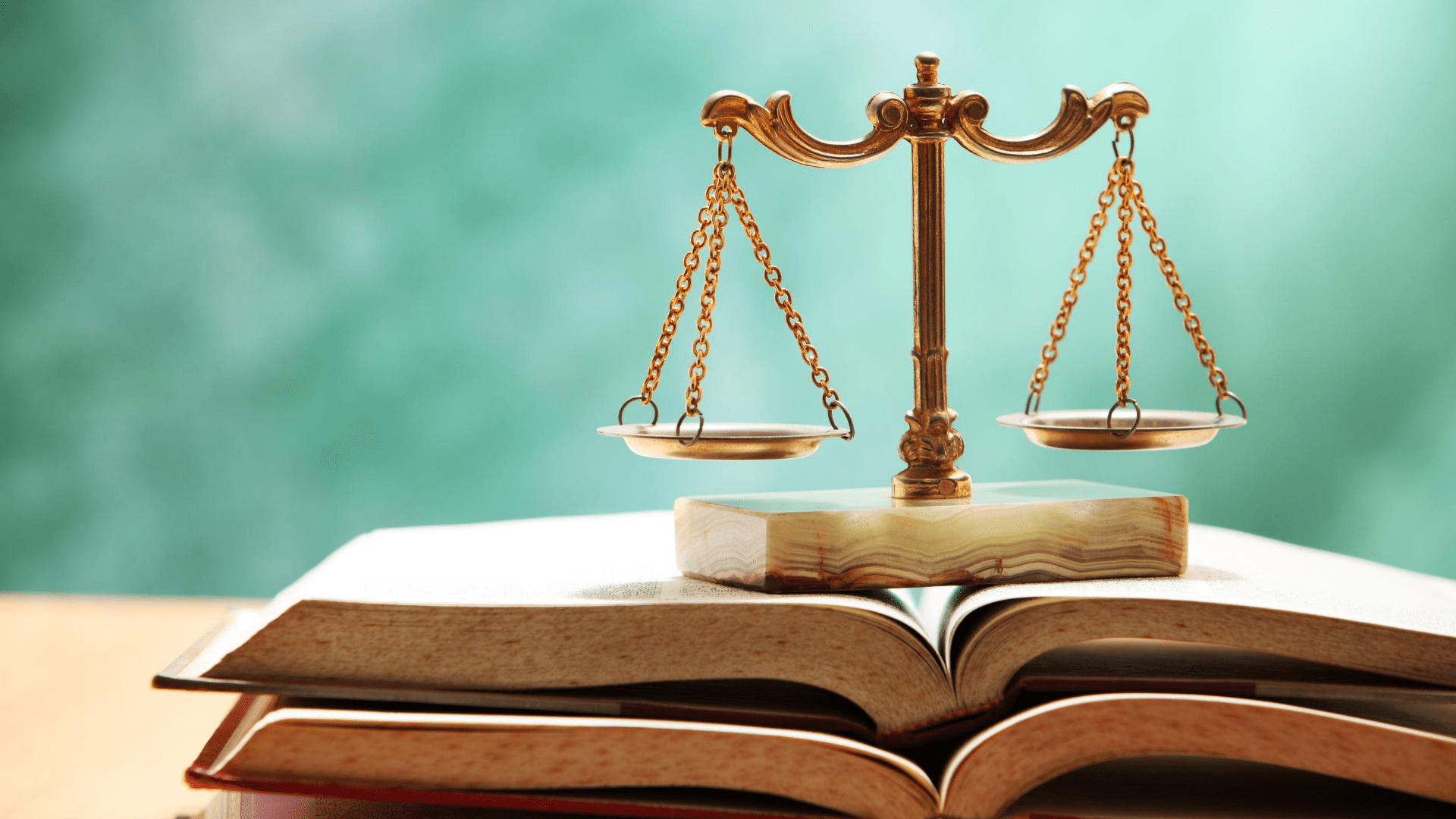Ethical hacking has emerged as a vital tool in the modern cybersecurity landscape, particularly in enhancing data protection and ensuring privacy compliance. With the rapid expansion of digital data and the increasing complexity of cyber threats, organizations face immense pressure to safeguard sensitive information from breaches and unauthorized access. Ethical hacking, also known as penetration testing or white-hat hacking, involves authorized security experts simulating cyberattacks on an organization’s systems to identify vulnerabilities before malicious hackers can exploit them. This proactive approach not only strengthens the security posture of businesses but also plays a crucial role in helping them comply with stringent data privacy regulations such as GDPR, HIPAA, and CCPA. One of the foremost benefits of ethical hacking lies in its ability to uncover hidden security flaws that might otherwise go unnoticed during routine security audits. These vulnerabilities, whether they stem from outdated software, or weak access controls, can serve as entry points for cybercriminals. By employing skilled ethical hackers to rigorously test their infrastructure, companies gain a clear picture of their security weaknesses, enabling them to remediate risks before they result in data breaches.
This preemptive identification and resolution of security gaps not only reduce the likelihood of costly data leaks but also demonstrate due diligence in protecting user information, a critical factor in regulatory compliance. Data privacy laws worldwide have become increasingly demanding, requiring organizations to implement robust security measures to protect personal data and promptly report any breaches. Failure to comply can lead to severe financial penalties and reputational damage. Ethical hacking supports compliance by validating whether existing controls effectively protect data privacy and meet regulatory standards. For example, through simulated attacks, ethical hackers assess whether encryption protocols, access management policies, and network defenses are sufficient to guard against unauthorized data access. Additionally, penetration tests can verify whether an organization’s incident response plans are robust enough to detect, contain, and mitigate breaches swiftly, aligning with regulatory mandates for timely breach notification. Moreover, Persian Hack service encourages a culture of continuous security improvement, which is essential in a dynamic threat environment. Cyber threats evolve rapidly, with attackers constantly developing new techniques to bypass defenses.
Regular penetration testing ensures that security measures keep pace with emerging risks and technological changes. This ongoing vigilance is critical for maintaining compliance over time, as many privacy frameworks require periodic risk assessments and security evaluations. By integrating ethical hacking into their cybersecurity strategy, organizations demonstrate a commitment to protecting data privacy proactively, which can build trust with customers, partners, and regulators. Beyond compliance, ethical hacking offers strategic business advantages. Protecting sensitive data strengthens customer confidence and loyalty, which are vital in an era where data breaches can erode brand reputation instantly. It also minimizes the financial impact associated with cyber incidents, including legal costs, fines, and loss of business opportunities. Furthermore, the insights gained from ethical hacking help prioritize security investments, enabling companies to allocate resources efficiently toward the most critical vulnerabilities. As cyber threats continue to evolve and data privacy regulations become more stringent, integrating ethical hacking into cybersecurity practices is not just beneficial but essential for safeguarding digital assets and sustaining trust in the digital economy.

